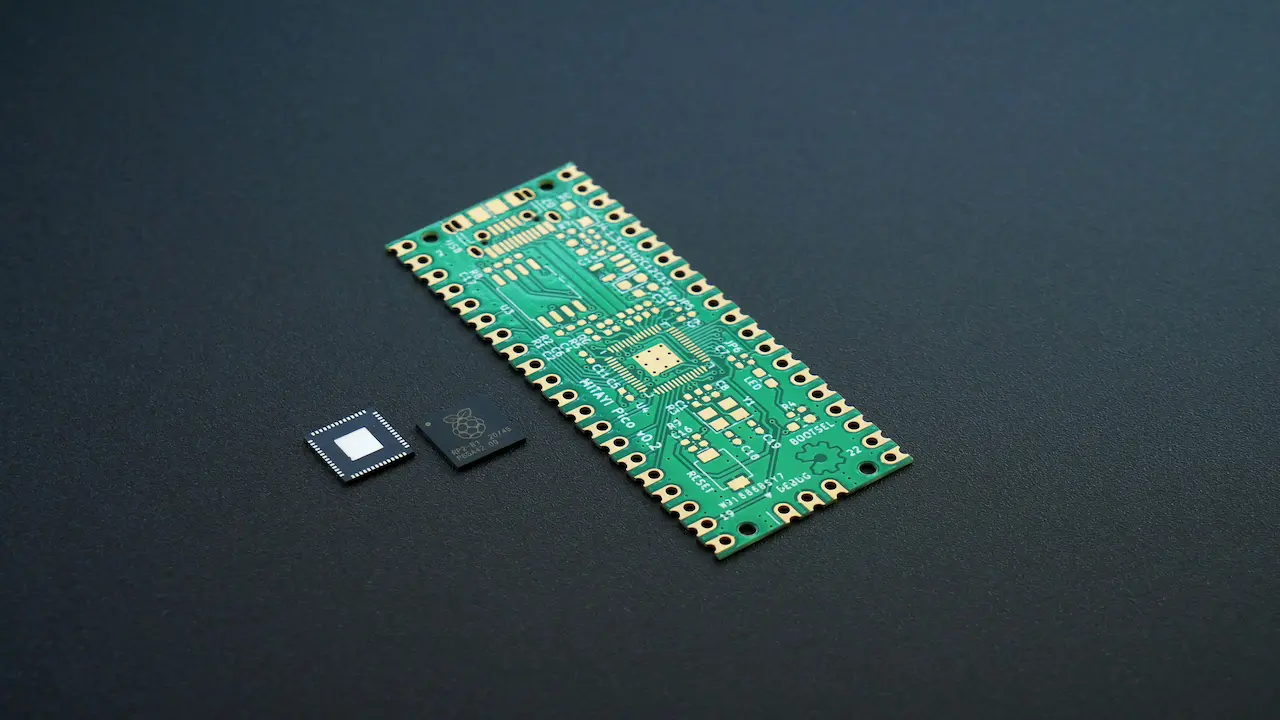
What are the advantages and disadvantages of using SoCs in embedded systems?
Global electronic component supplier AMPHEO PTY LTD: Rich inventory for one-stop shopping. Inquire easily, and receive fast, customized solutions and quotes.
Using SoCs (Systems on Chip) in embedded systems offers a range of advantages and some disadvantages depending on your project’s requirements. Here's a detailed comparison:

Advantages of Using SoCs
1. High Integration
-
Combines CPU, memory, I/O interfaces, GPU, DSP, and more into a single chip.
-
Reduces the number of external components, simplifying PCB design.
2. Lower Power Consumption
-
Integrated components consume less power than separate chips communicating over buses.
-
Optimized for mobile and battery-powered devices.
3. Reduced Size and Weight
-
Ideal for compact, portable, or wearable systems due to the high component density.
4. Cost Efficiency (at Scale)
-
Fewer components and simpler assembly reduce manufacturing costs in high-volume production.
5. Improved Performance
-
On-chip communication is faster and more efficient than board-level communication.
-
Custom SoCs can be optimized for specific workloads.
6. Shorter Time-to-Market (for standard SoCs)
-
SoCs like Raspberry Pi, ESP32, or STM32 series offer pre-integrated components and rich software ecosystems.
7. Rich Feature Sets
-
Many SoCs include Wi-Fi, Bluetooth, GPU, USB, camera interfaces, etc., making them suitable for IoT and multimedia applications.
Disadvantages of Using SoCs
1. Limited Flexibility
-
Fixed hardware resources; not easily upgradable or modifiable.
-
May lack certain interfaces or peripherals needed for niche applications.
2. Higher Design Complexity (for custom SoCs)
-
Designing and verifying custom SoCs is complex, expensive, and time-consuming.
3. Thermal Management Challenges
-
High integration can lead to thermal hotspots requiring careful design and cooling strategies.
4. Difficult Debugging and Repair
-
Harder to isolate faults due to tight integration.
-
In case of failure, the entire SoC may need to be replaced.
5. Vendor Lock-in
-
Dependence on a specific vendor’s toolchain, drivers, and documentation can limit flexibility and long-term maintainability.
6. Limited Real-Time Performance
-
General-purpose SoCs may not be suitable for hard real-time applications without a dedicated RTOS or co-processor.
When to Use SoCs
Use SoCs when:
-
You need a compact, power-efficient, integrated solution.
-
Your application benefits from built-in peripherals (e.g., IoT, mobile, multimedia).
-
Cost and energy consumption are more important than hardware flexibility.
Avoid SoCs when:
-
You require high modularity, upgrade paths, or specific hardware interfaces not provided.
-
Real-time performance is critical and general-purpose SoCs fall short.
Related Articles
- ·How to convert Raspberry Pi to desktop PC?
- ·How to implement a multi class neural network with STM32F103?
- ·What are the differences between FPGA and DSP processors for signal processing?
- ·Comparison of ARM vs. RISC-V MCUs
- ·How to achieve serial communication between STM32 and ESP8266?
- ·SoC vs SoM: What's the Difference?
- ·DS18B20 Temperature Sensor Detailed Explanation and Use Cases
- ·How to build an AI agent using Raspberry Pi?
- ·Digital Signal Processors vs x86 Architecture, What's the Different?
